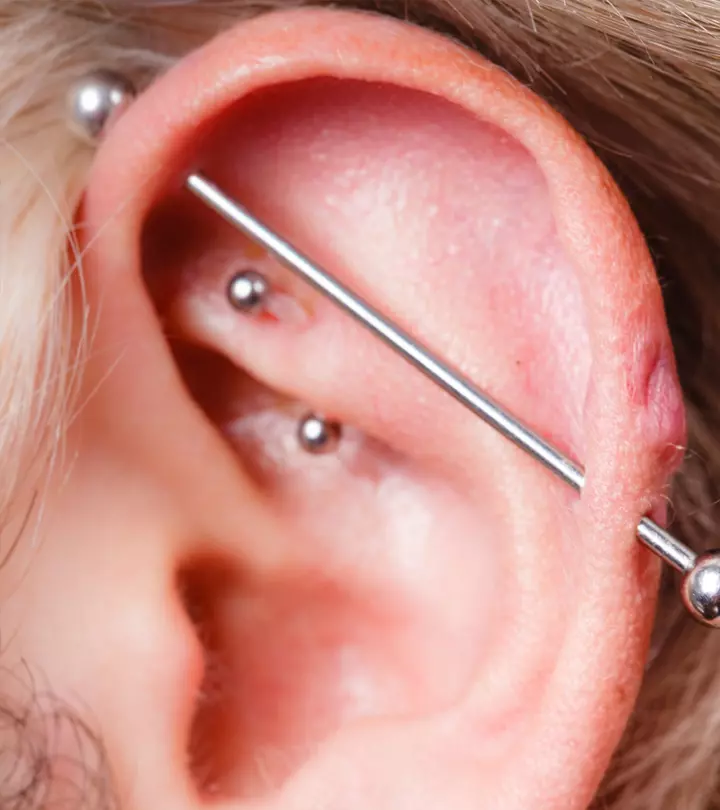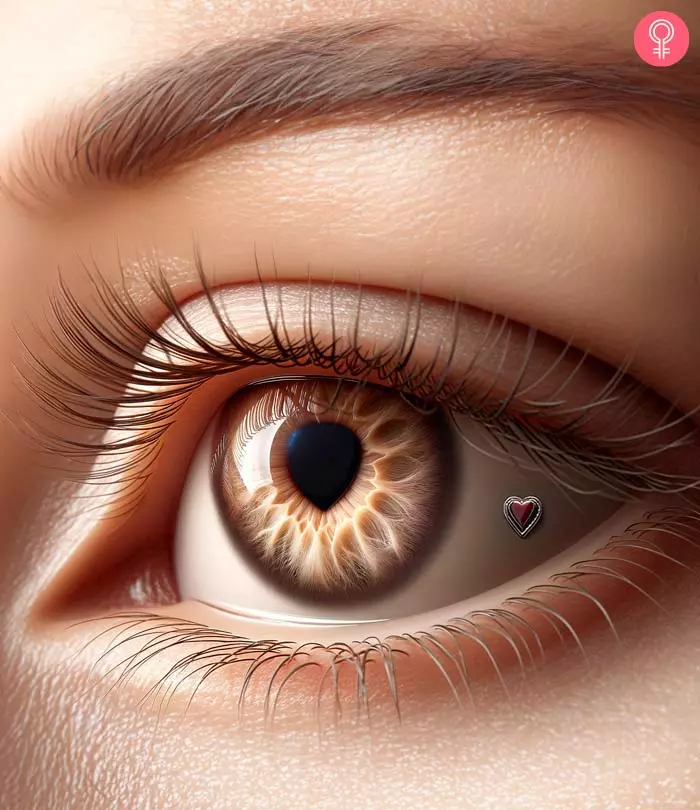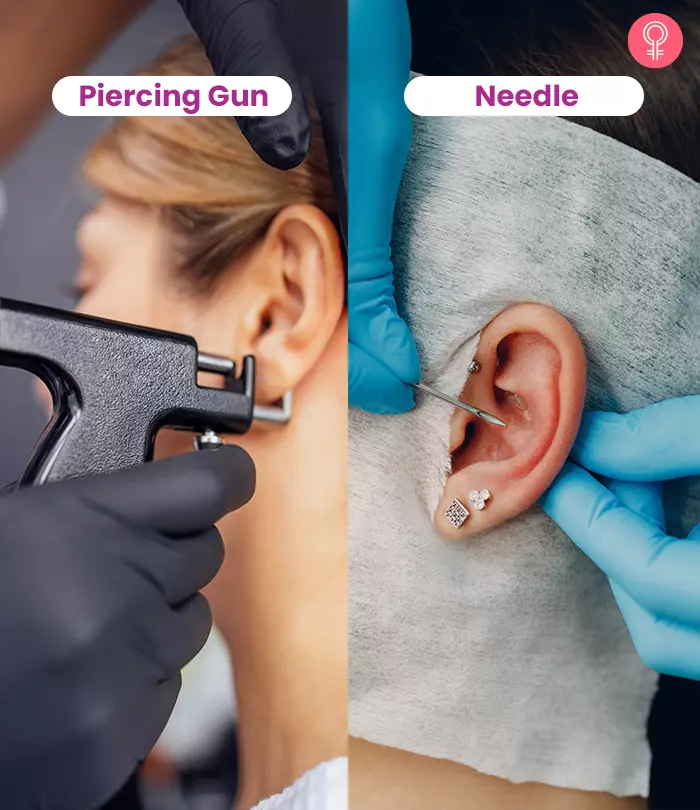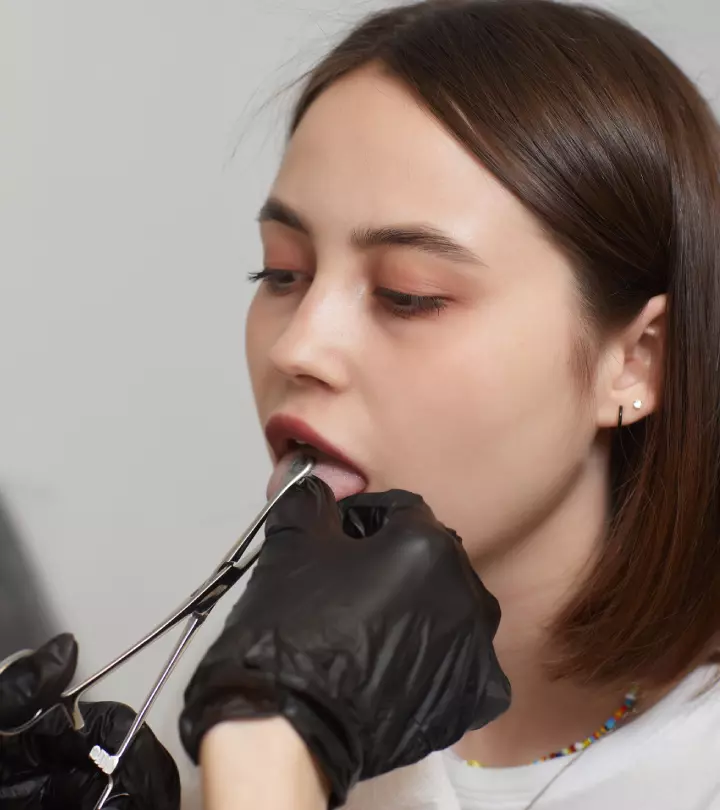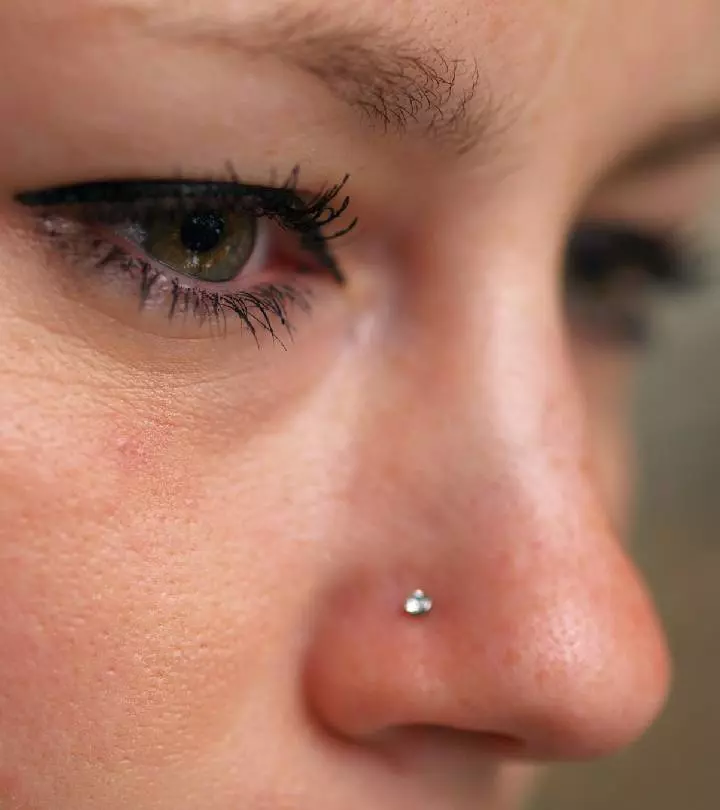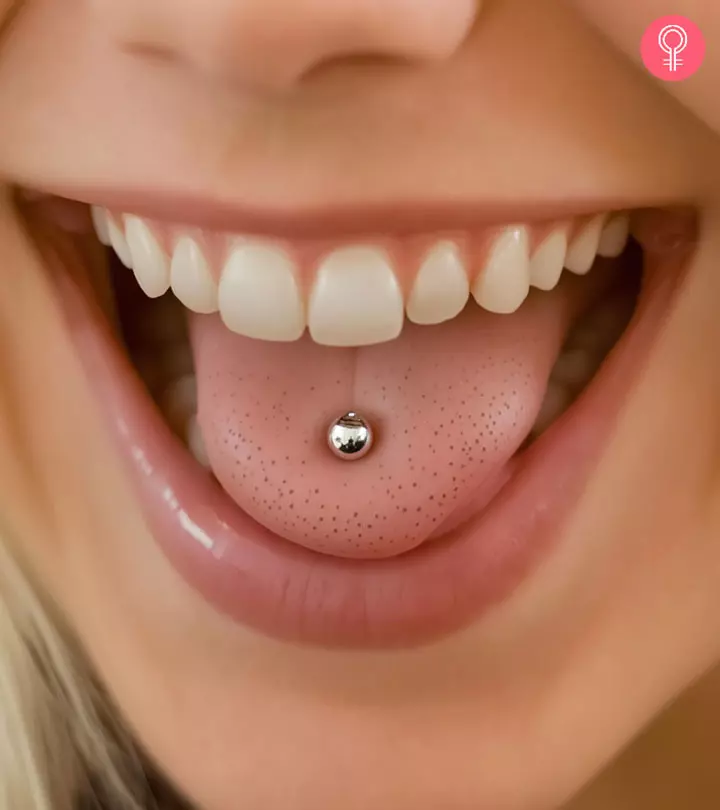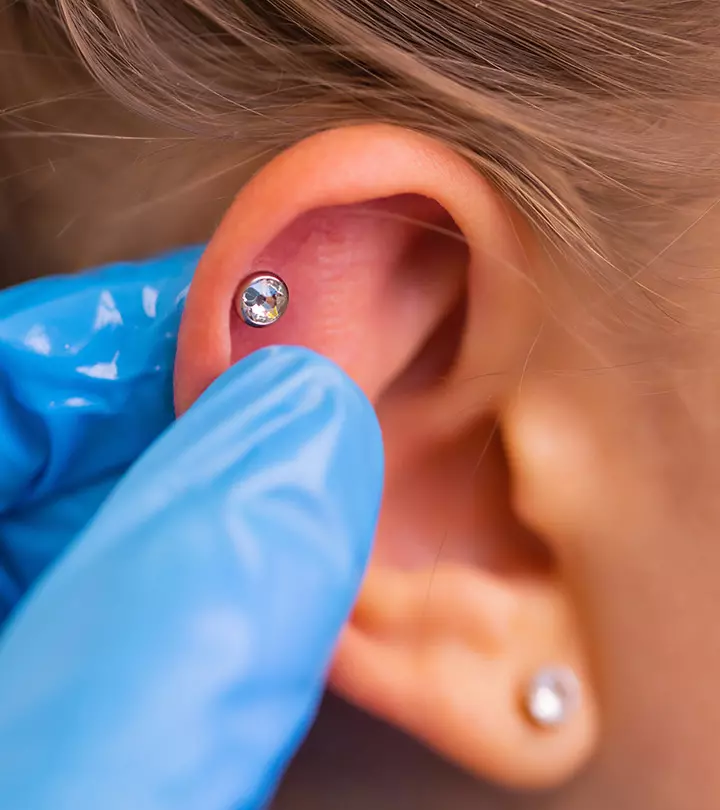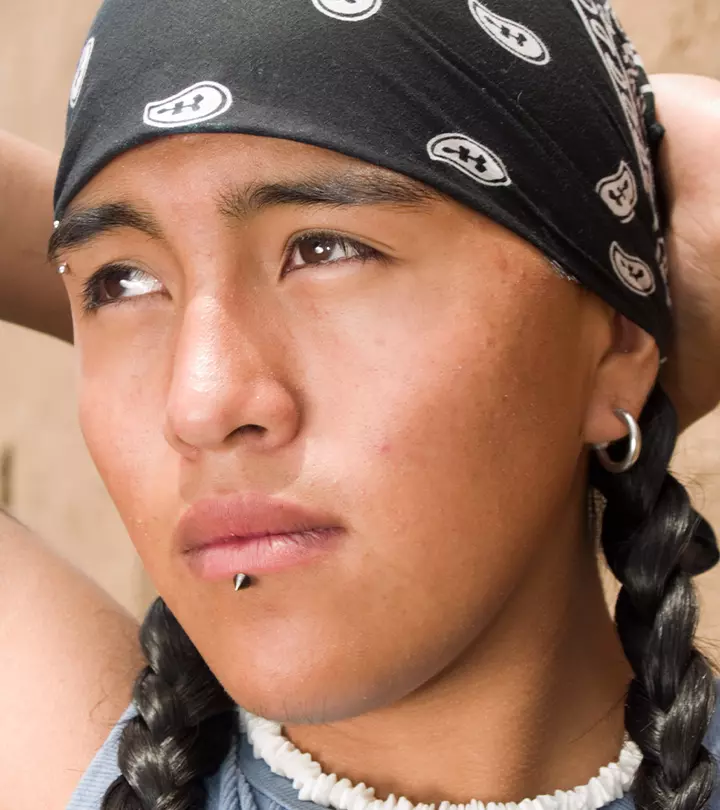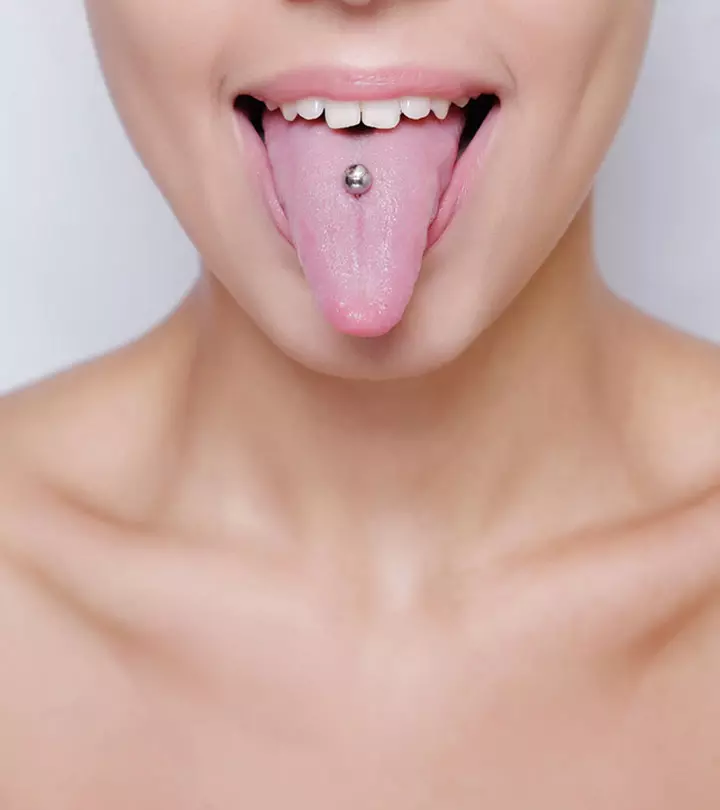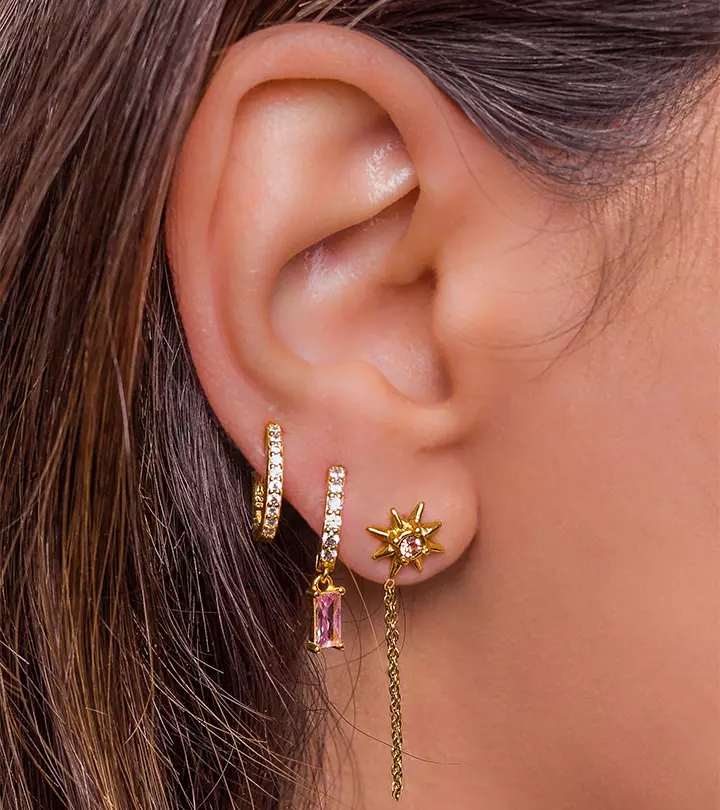The practice of body piercing can be traced back to ancient times in civilizations across the Indian subcontinent, Egypt, and the Americas. Back then, these piercings played a pivotal role in spiritual and cultural practices. However, with changing times, this type of body modification has evolved, and today, it is a prevalent form of self-expression and aesthetic embellishment.
The versatile nature of piercings makes them a preferred form of self-expression for men and women across cultures. For instance, you can walk into a piercing studio and choose from at least 16 different types of ear piercings! And if you want to adorn your nose, the standard piercing on the side is not your only option. You can also opt for a septum piercing that is notorious for the edgy vibe it exudes or a rhino piercing for a more offbeat look.
You will find all these and a selection of several other cool piercings in this section, be it playful belly button piercings or flirtatious lip piercings. You can also learn all about the potential risks of each and the general piercing aftercare instructions to follow to ensure they heal properly so you may flaunt all your glitzy piercing jewelry with ease.
So, take a look around this section and discover illustrated examples, care tips, and other detailed insights for the body piercings you are considering getting. Use our styling ideas and combine them with your creative vision to create brilliant piercing looks that are uniquely yours.
Generally, piercings on intimate parts of the body and those on areas with cartilaginous tissue are the most painful. Therefore, genital, nipple, and upper ear piercings are considered the most painful.
The best piercing is one that suits your style. However, piercings that go through soft tissues heal more quickly and without much trouble, making them the most preferred piercings around the world. Some of the most popular piercing options for this reason are earlobe, nose, eyebrows, lip, and belly piercings.
Earlobe piercings are known to be the least painful as they are done on an area with fleshy tissue and minimal nerve endings. This is followed by navel piercings.
The piercing healing time varies among individuals. However industrial ear piercings, tongue piercings, and genital piercings take longer to heal as they require extra care and any minor negligence can reverse any progress made and cause complications.
Piercings done on areas that are highly exposed to environmental bacteria or moisture, experience constant movement (like the tongue), have delicate tissues (like nipples or eyebrows), and anatomically complex parts (like the genitals, helix, tragus, etc.) are highly prone to infections.
Areas with thin or delicate skin tissue, such as nipples, eyebrows, or the bridge of the nose, are prone to piercing rejection compared to piercings done on other body parts. Surface piercings done on the belly buttons are also rejected easily due to constant movement and pressure on them.
The ideal age for common piercings, like earlobe or nostril piercings, for girls can vary due to cultural practices and location. According to the American Academy of Pediatrics (AAP), there are limited risks at any age, provided the procedure is done safely and with proper aftercare (1). However, they recommend waiting until a child expresses interest in getting piercings, which is typically around 7-10 years old. Parents should also be aware of infection risks and aftercare for newborns' ear piercings. For intimate piercings like nipples or genitals, the age of consent varies, but generally, those up to 16-18 years of age can get them with parental or guardian presence.
No. Earrings are accessories worn on ear piercings, whereas a piercing is a hole pierced through a part of the body to insert jewelry through.
Articles on StyleCraze are backed by verified information from peer-reviewed and academic research papers, reputed organizations, research institutions, and medical associations to ensure accuracy and relevance. Read our editorial policy to learn more.
